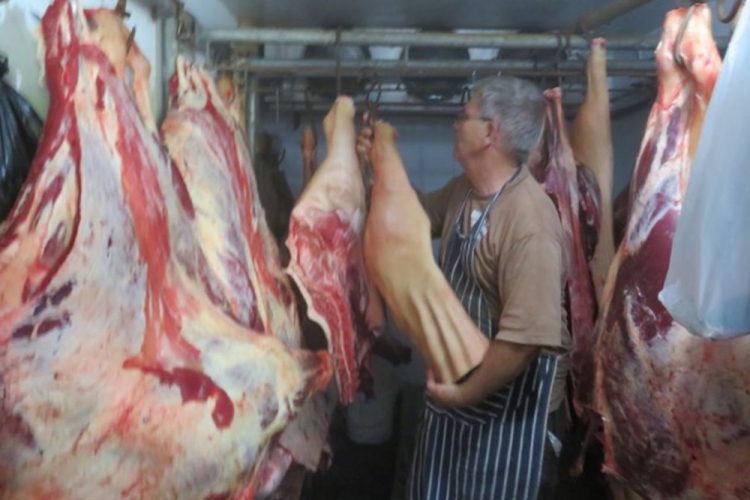Ageing beef allows it to mature, become more tender, develop nice flavour

Beef cannot be eaten straight from slaughter; it needs to hang, allowing it to mature and develop flavour and for the meat to become more tender.
There are two methods of ageing: dry-ageing and vat-ageing. Dry-aged beef is far superior, but in the UK only 10 per cent of shoppers buy it. It is of a higher quality, texture and taste because it is allowed to age naturally by hanging.
Once the animal has been slaughtered, the carcass is cut in half and then hung in a walk-in cold room, allowing cool air to circulate freely. Beef can be hung for 14-50 days, or even longer for rumps, but very long-hung meat has an acquired taste that may suit a connoisseur. Usually, we hang our beef for 35-40 days. Dry-ageing is a natural process that takes place when the enzymes in the meat react with the fibres in the muscles, making them tender and elastic. While air-hanging, meat will lose a lot of moisture, which means the flavour will intensify and the meat will not dry out while cooking.
Dry-aged meat is expensive, due to the time taken to hang it and the loss of moisture from the carcass (which results in a lower weight, making it less profitable, as meat is sold by weight). It also needs to be trimmed after hanging, to remove the discard connective tissue and an outer layer that has a light build-up of bloom (safe bacteria, but not to be consumed). Though this is a further weight loss, itâs worthwhile for superior taste and texture.
(Taken from The Ginger Pig Meat Book by Tim Wilson & Fran Warde)









